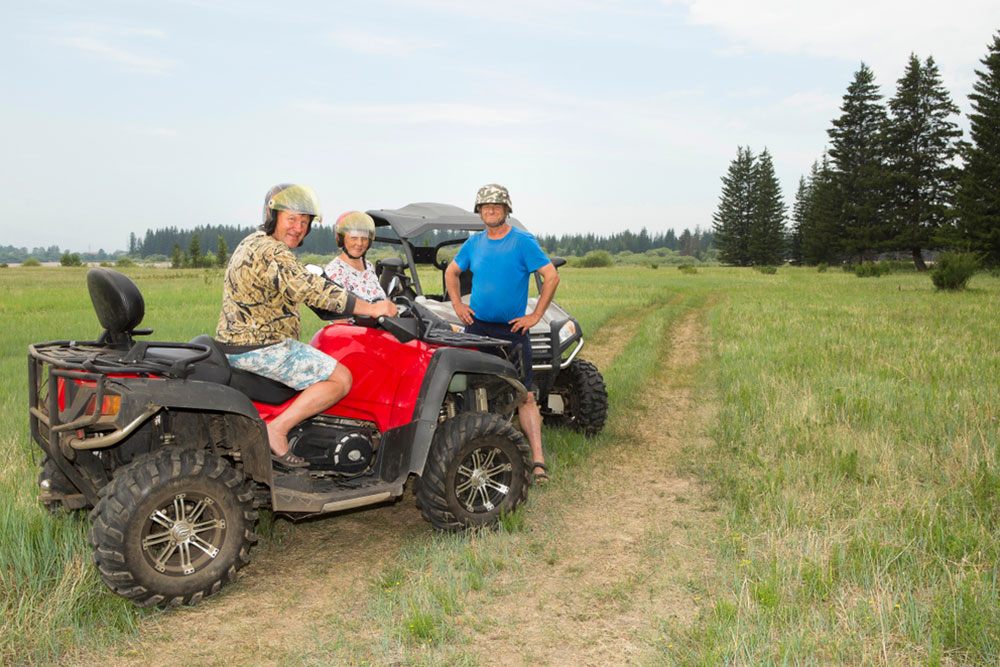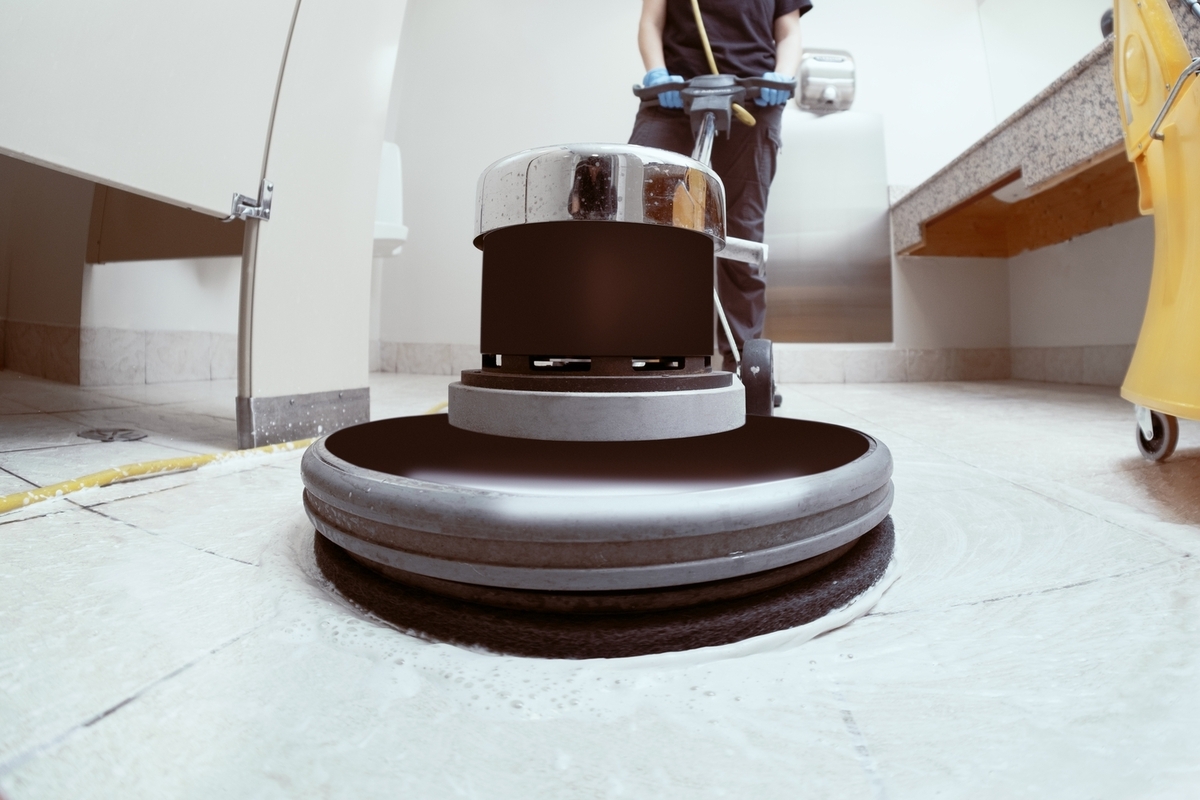Essential Buying Guide for Skid Steer Loaders
This guide offers key insights into purchasing skid steer loaders, emphasizing considerations such as size, power, new versus used options, features, and dealer reputation. It helps buyers make informed decisions to enhance operational efficiency, safety, and long-term value. Thorough inspections, understanding of costs, and selecting reputable sellers are crucial steps highlighted for a successful purchase in construction, landscaping, and farming industries.

Essential Buying Guide for Skid Steer Loaders
Skid steer loaders have become vital machinery in sectors like construction, landscaping, farming, and forestry. Their compact design, impressive power, and adaptability make them ideal for various terrains and tasks. Purchasing a skid steer is a major investment, so understanding key factors is crucial to select the right machine for your needs. This comprehensive guide will help you navigate the process of buying skid steers for sale effectively.
Identify Your Requirements
Assess Your Project Needs
Consider the types of tasks you'll perform. Skid steers are versatile—used for digging, loading, grading, and wrecking. Define the primary functions and working conditions to choose the appropriate size and features. For small landscaping jobs, a compact model suffices, while larger projects may demand more powerful equipment.Evaluate Work Environment Conditions and Terrain. If operating in tight spaces, opt for a more maneuverable, smaller model. For rugged or uneven ground, select models with high ground clearance and durable tires.
Engine Power and Size Selection
Choose based on workload. Smaller units typically offer 20-50 horsepower for light tasks, while larger machines exceeding 100 horsepower are built for heavy-duty applications. Keep in mind the operating capacity to match your job requirements.
New or Used Skid Steers?
New Machines
Buying new ensures access to the latest features, better fuel efficiency, and manufacturer warranties, providing peace of mind. However, they tend to be more expensive initially.
Used Machines
Used skid steers can be a budget-friendly alternative, especially if they are well-maintained. Always review the service history, inspect for wear, and verify dealer warranties when purchasing used. They offer depreciation benefits without necessarily sacrificing performance.
Important Features to Consider
Attachment Compatibility
The ability to attach different tools—buckets, augers, breakers—adds to versatility. Ensure the skid steer supports your required attachments, and quick-attach systems can streamline switching between tasks.
Operator Comfort and Safety
Choose models with ergonomic cabins, good visibility, and intuitive controls. Features like adjustable seats, climate control, ROPS, and FOPS enhance safety and productivity.
Maintenance and Support
Select machines designed for easy servicing. Accessible service points, clear maintenance schedules, and a strong dealer network are essential for maximizing uptime.
Fuel Efficiency and Emissions
Modern skid steers emphasize fuel economy and compliance with emission standards, which can reduce operational costs over time.
Financial Aspects
Budget and Payment Options
Set a realistic budget and explore financing plans—leasing, loans, or installment payments. Consider the total cost of ownership, including maintenance and insurance.
Expected Return on Investment
Calculate how the skid steer will improve productivity and decrease labor costs. A well-chosen model can lead to significant savings and increased profitability over its lifespan.
Pre-Purchase Inspection and Testing
Thoroughly inspect the machine for signs of damage or wear and test drive to evaluate control responsiveness and comfort. This step ensures the equipment meets your performance expectations.
Reputation of Dealer and Manufacturer
Buy from reputable dealers with positive reviews and proven reliability. Their support and after-sales service are critical for long-term satisfaction.
Investing in a skid steer requires careful evaluation of your specific needs, project scope, and financial capacity. By considering these factors and conducting proper inspections, you can select a machine that boosts productivity and offers lasting value.
Partnering with trusted dealers and thoroughly testing your options will help ensure your skid steer aligns with your operational goals, delivering safety, efficiency, and dependability.










